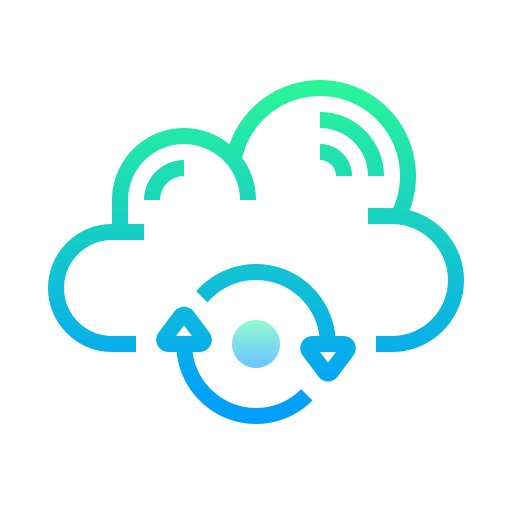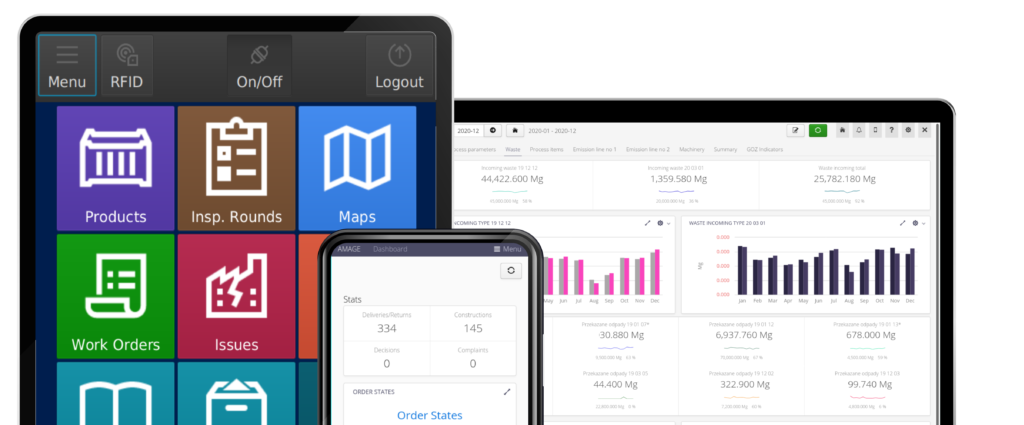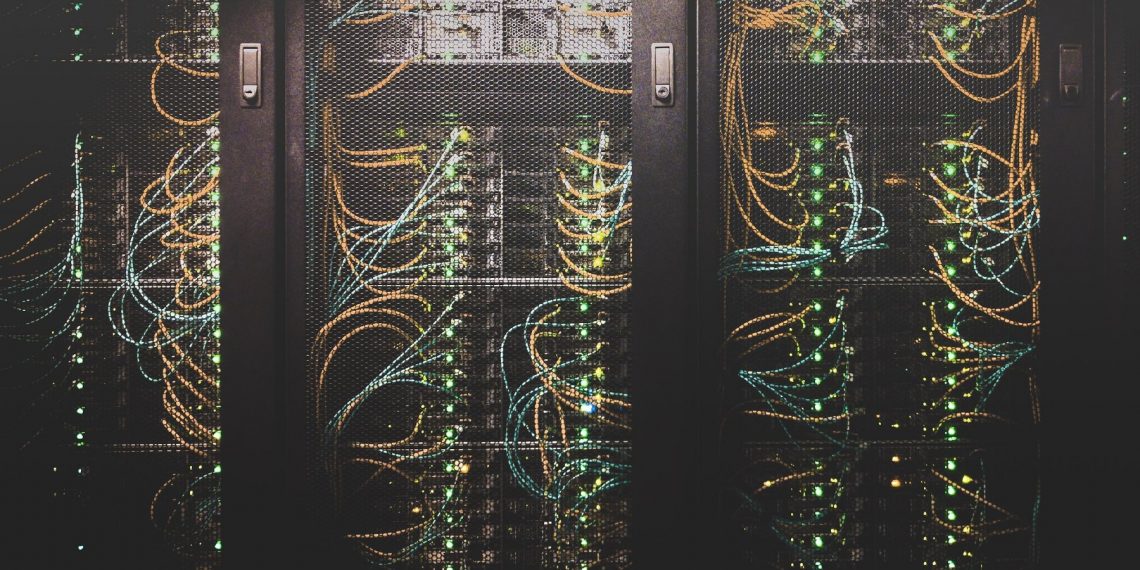Meet the System – Integration with External IT Systems

Obszar ogólny
Learn about AMAGE Integration with External IT Systems
The AMAGE system allows integration with external information systems. These IT systems can be both systems used internally by our client. Be it financial and accounting systems (F-K), or ERP type information management systems but also domain solutions.
We can divide these systems into two groups, i.e. Systems that receive information from the AMAGE system and systems that provide information to the AMAGE system. Through integration mechanisms, we enable communication and data exchange. This is important because due to the increasing digitization of IT solutions in companies, IT systems cannot exist independently. What is required is the exchange of information between different management systems/domains.
The AMAGE system enables simple exchanges with the participation of the client’s employees – this is the simplest and fastest data exchange mechanism. It requires generating data in some way in one system and then transferring it through some file format (Xls, CSV, XML) to the AMAGE system. A solution that is not very automatic but, in many cases, allows for quick implementation of data exchange.
In further steps (or when the client’s IT departments are operating effectively), enable the implementation of activities in an automated manner. This article is only an introduction to possible ways to implement integration – from the technically simplest (not necessarily organizational) to fully automated exchanges with high interaction capabilities between different IT systems. Each of these solutions presents possible steps to be taken but is not the only one. The AMAGE team always tries to work out the best possible solution with the client so that the effect is visible as soon as possible.
Possible Solutions for Integration of IT Systems
- Manual data integrations (CVS/txt flat files).
- Automation of flat files (ftp/webdav).
- Automation of flat files (email).
- Automation of flat files (SQL).
- Integration through WebServices type communication (REST/SOAP).
- Integration through the communication of third-party data integrators.
Manual Data Integrations
Data integration through manual user operations on two systems. Export in the source system of data in the form of an Xls/CSV/XML file regarding, for example, one or multiple deliveries. In the target system, importing data from the transferred data files. Potential errors are signaled to the user.

Automation of Flat Files (FTP/WebDav)
Automate manual transfer by automatically transferring files during generating (trigger) on the source system to an external data resource on the target system (e.g., FTP server). Files are transferred in a predetermined format (CSV/Xls/XML) and automatically imported by the target system. Potential errors flagged in integration logs available to system administrators.
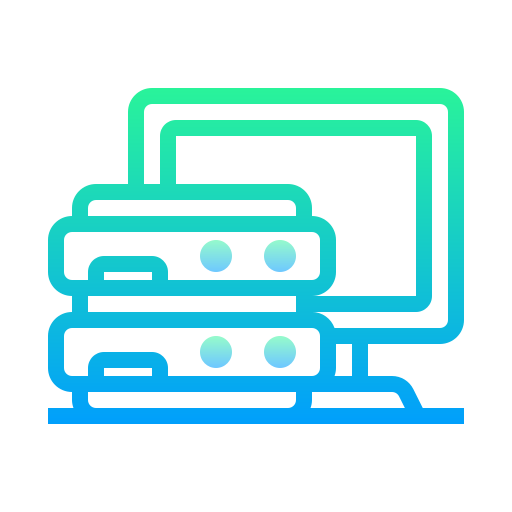
Automation of Flat Files (Email)
Automation of manual transfer through scanning and handling incoming/outgoing mail. The message is generated automatically when a document is created (trigger) on the source system. Generating email messages with file attachments. Files are uploaded in a predetermined format (CSV/Xls/XML) and automatically imported by the target system. Potential errors flagged in integration logs available to systems administrators.
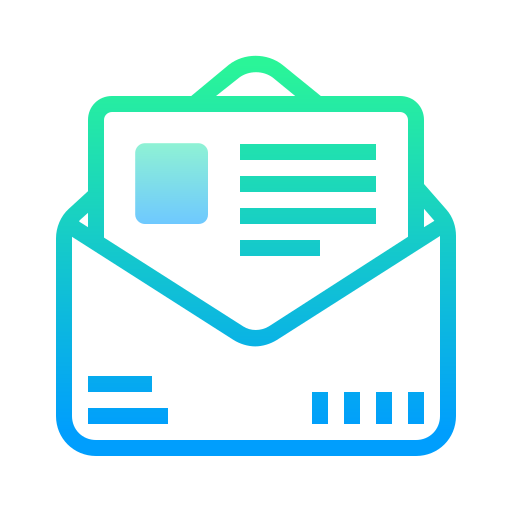
Automation of Flat Files (SQL)
Automation of manual transfer through the integration of exchange tables on SQL RDBMS servers. The message is generated automatically when a document is created (trigger) on the source system. Generate exchange table records for the target system. The target system periodically scans exchange tables and performs data import. Potential errors flagged in integration logs available to system administrators.

Integration via Communication Type Webservices
Dedicated integration interfaces REST/SOAP communication type with definable data structures. Custom communication servers. Operation of both two WebServices servers (source system + target system) and asynchronous communication and one WebServices server (source system OR target system) and communication of one party in polling mechanism. Ability to use additional authorization servers to perform transactions (tokens/OAuth, etc.). Ability to use as content formats developed in manual data exchanges or dedicated data structures, including EDI-type communication standards.

Integration through the Communication of Third-Party Data Integrators/Integration
Systems Integration via dedicated data buses (integration bus, etc.). Usage of solution-specific messaging, e.g., SAP PI or open EDI-type messaging standards. Implementation is agreed upon on a case-by-case basis between both parties.
